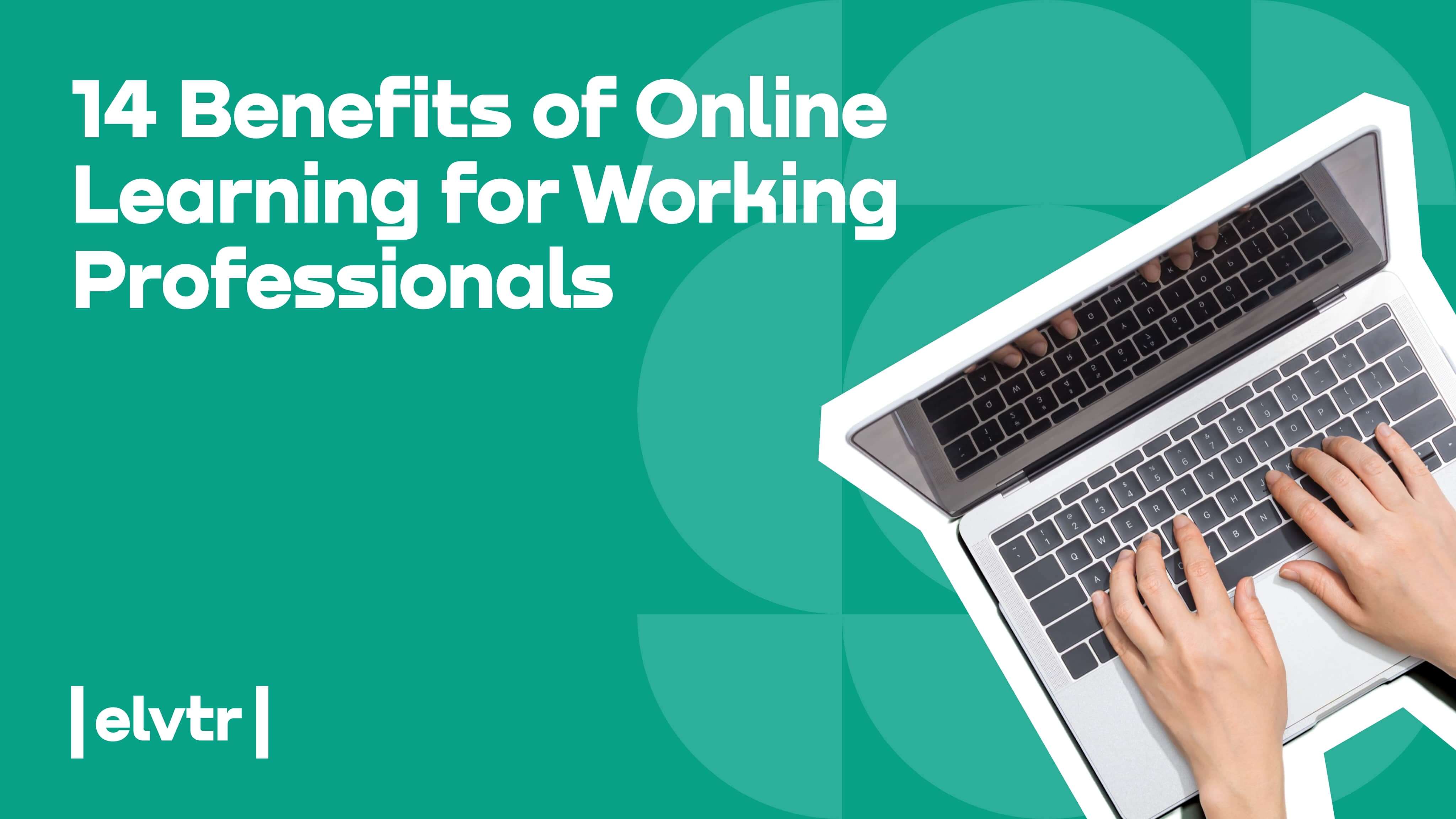ABCDou Insights
Exploring the world of news, trends, and information.
Zoom Fatigue: The Unseen Consequences of Online Learning
Discover the hidden toll of online learning—uncover the truth behind Zoom fatigue and its impact on your mind and body!
Understanding Zoom Fatigue: Causes and Impacts on Learning
Zoom fatigue has emerged as a prevalent phenomenon in recent years, particularly as online learning and virtual meetings have become the norm. This condition is characterized by feelings of exhaustion and disengagement stemming from extensive use of video conferencing platforms like Zoom. Key causes of Zoom fatigue include the cognitive load of processing multiple visual cues simultaneously, the performance anxiety of being constantly visible on screen, and the lack of physical interaction which typically aids communication. To better understand this phenomenon, research indicates that the nature of online learning often leads to an increase in screen time, thereby exacerbating feelings of fatigue and reducing overall engagement in educational settings. For an in-depth explanation, consider exploring this article from The Guardian.
The impacts of Zoom fatigue on learning are significant, particularly for students who rely heavily on virtual education. This fatigue can lead to decreased motivation, poor attention span, and ultimately, a decline in academic performance. As students become more fatigued, their ability to absorb and retain information diminishes, which can hinder their overall educational outcomes. To combat these issues, educators and institutions are encouraged to implement strategies aimed at reducing screen time, such as incorporating asynchronous learning opportunities and promoting regular breaks during online classes. For further insights on managing Zoom fatigue in educational contexts, refer to Forbes.

Strategies to Combat Zoom Fatigue: Tips for Students and Educators
Zoom fatigue has become a common phenomenon among students and educators who rely heavily on virtual classrooms for learning and teaching. To combat this exhaustion, it is essential to implement effective strategies that promote engagement and reduce screen time. One helpful approach is to schedule regular breaks during online classes—these can be short pauses between lectures or longer breaks between sessions. Additionally, utilizing mindfulness techniques, such as deep breathing exercises or quick stretching sessions, can rejuvenate focus and energy levels.
Another important strategy is to encourage the use of active participation techniques, which can significantly enhance the online learning experience. Rather than relying solely on lecture-style teaching, opt for interactive tools like Kahoot! for quizzes, or Padlet for collaborative discussions. Establishing clear guidelines for virtual etiquette and maintaining an open line of communication can also minimize confusion and foster a supportive learning environment. By implementing these strategies, both students and educators can successfully mitigate the effects of Zoom fatigue.
Is Online Learning Taking a Toll? The Psychological Effects of Virtual Classrooms
The rise of online learning has transformed education, but it has also raised concerns about the psychological effects of virtual classrooms. Many students report feelings of isolation and anxiety, which can be intensified by the lack of in-person interaction with teachers and peers. A study published by the National Institutes of Health observed that online learners are more susceptible to mental health issues, as the absence of social engagement can lead to increased stress levels and diminished motivation. Furthermore, the lack of structure in virtual learning environments can make it challenging for students to focus, leading to a decline in academic performance.
Additionally, the extensive use of digital devices can contribute to digital fatigue and other health concerns. According to research from the American Psychological Association, prolonged screen time is linked to eye strain and disrupted sleep patterns, impacting overall well-being. Educational institutions must acknowledge these challenges and implement strategies to promote mental health, such as encouraging regular breaks and fostering community through virtual social activities. By addressing these psychological effects, we can create a healthier online learning environment for students.